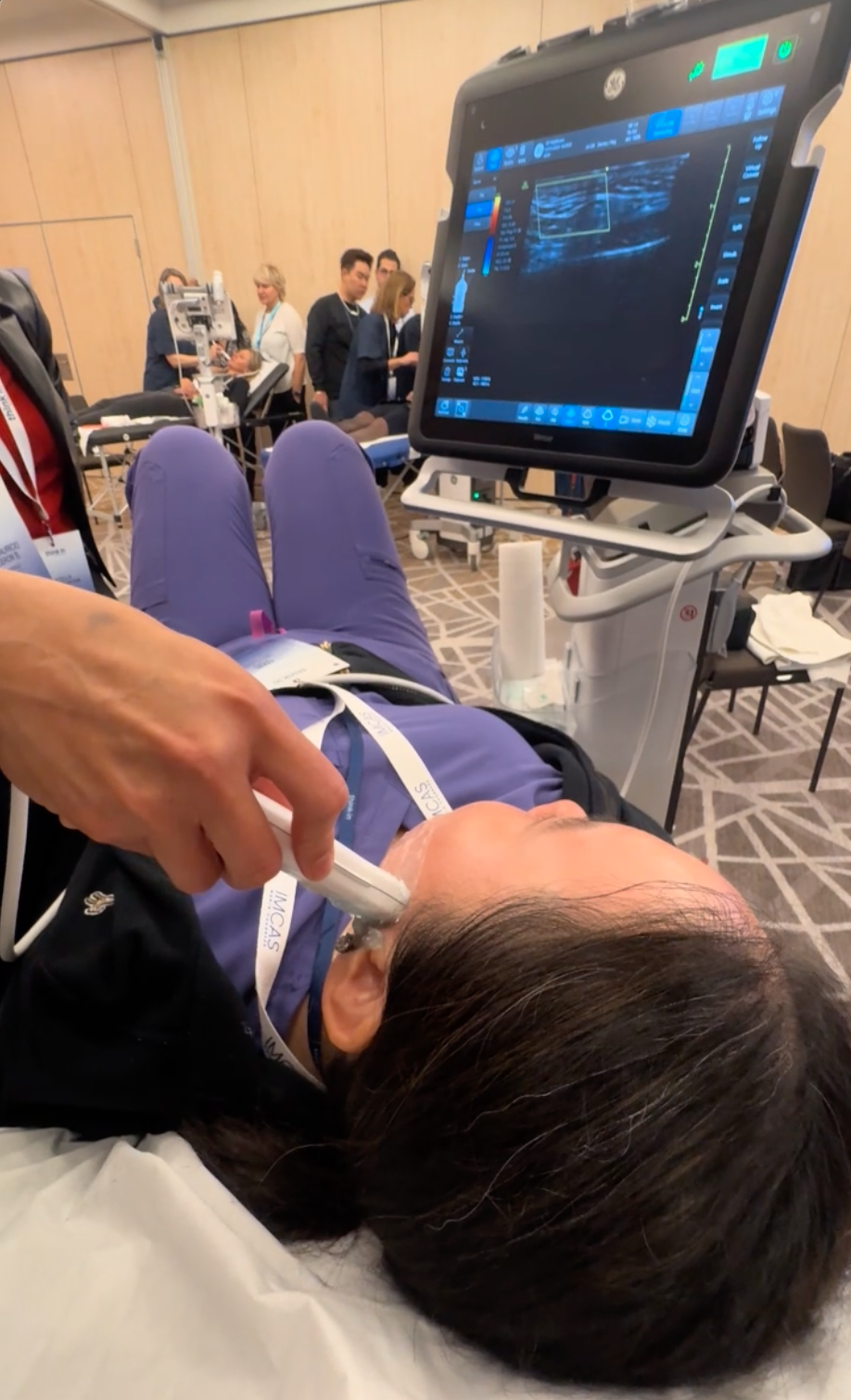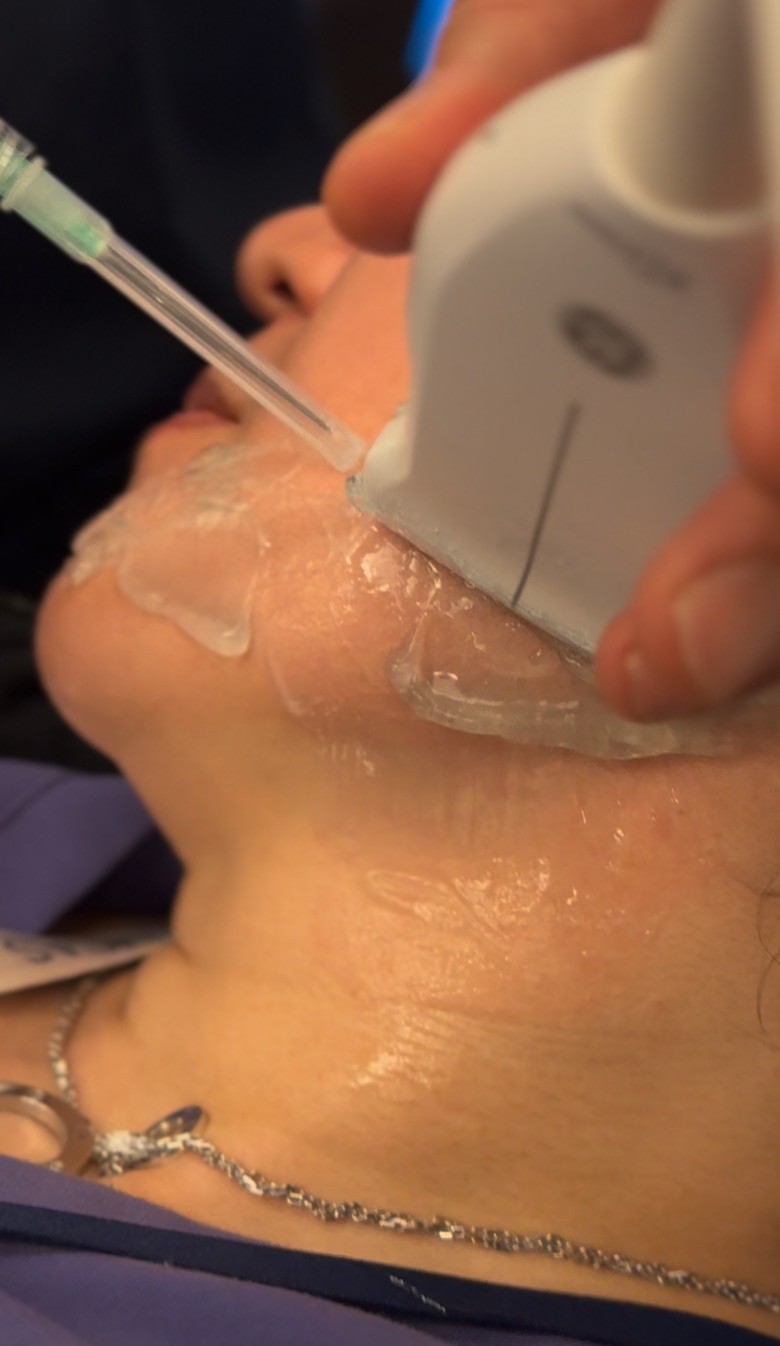Filler Dissolution
Dermal fillers are a popular choice for restoring volume and enhancing facial contours. However, there are times when filler results may not meet a patient’s expectations, or complications such as filler migration, lumpiness, or adverse reactions occur. In these cases, filler dissolution offers a solution. Using hyaluronidase, a specialized enzyme, hyaluronic acid (HA) fillers like Restylane and Juvederm can be safely and effectively dissolved, restoring the skin to its natural state.
Why Consider Filler Dissolution?
Filler dissolution may be recommended for several reasons:
- Overfilled appearance: Fillers can sometimes lead to an unnatural or puffy look, especially if multiple treatments have accumulated over time.
- Filler migration: Fillers may shift from their original placement, creating an imbalanced or uneven appearance.
- Lumps and bumps: Superficially injected fillers, particularly under the eyes or lips, can cause a lumpy texture.
- Changing trends: Some patients choose to dissolve fillers as aesthetic trends evolve, preferring a more natural look over enhanced contours.
- Unfavorable results: Occasionally, patients are dissatisfied with the appearance of their fillers and opt for dissolution to start fresh.
- Complications: In rare cases, fillers may block blood vessels, leading to vascular occlusion, a serious condition requiring immediate intervention.
What is Hyaluronidase?
Hyaluronidase is a naturally occurring enzyme used to break down hyaluronic acid. It works by cleaving the bonds in the hyaluronic acid molecules, effectively dissolving the filler and reversing the cosmetic effects. This enzyme is administered through injections and begins working within hours, though the full results can take a few days to become visible.
Ultrasound-Guided Filler Dissolution
Traditional filler dissolution relies on the injector’s estimation of where the filler has migrated or accumulated. While effective, this method can sometimes lead to incomplete results or complications. Ultrasound-guided filler dissolution provides a more advanced and precise approach.
With ultrasound technology, the practitioner can:
- Accurately visualize the location and depth of the filler, ensuring precise targeting.
- Avoid critical blood vessels and nerves, minimizing the risk of adverse effects like vascular occlusion.
- Use a smaller amount of hyaluronidase, leading to more effective and safer results.
This method has proven particularly useful for cases where fillers have migrated or are spread in smaller, dispersed amounts across different areas.


The Ultrasound-Guided Filler Dissolution Process
- Consultation: A thorough consultation is conducted to understand your concerns and evaluate the areas needing dissolution.
- Ultrasound Imaging: Using ultrasound, the filler location and depth are mapped to guide the procedure.
- Injection: Hyaluronidase is injected directly into the targeted areas, ensuring optimal results with minimal side effects.
- Follow-Up: A follow-up session is scheduled to assess the results and determine if additional treatment is required.
Most patients achieve satisfactory results after one or two sessions, although more extensive cases may require additional treatments.
Recovery and Results
After a filler dissolution session, some swelling and redness at the injection site are expected but should subside within a few days. Results typically become visible within 48 hours, with full effects apparent in about two weeks. Follow-up treatments may be necessary to achieve the desired outcome, particularly in cases where fillers are deeply embedded or dispersed.
